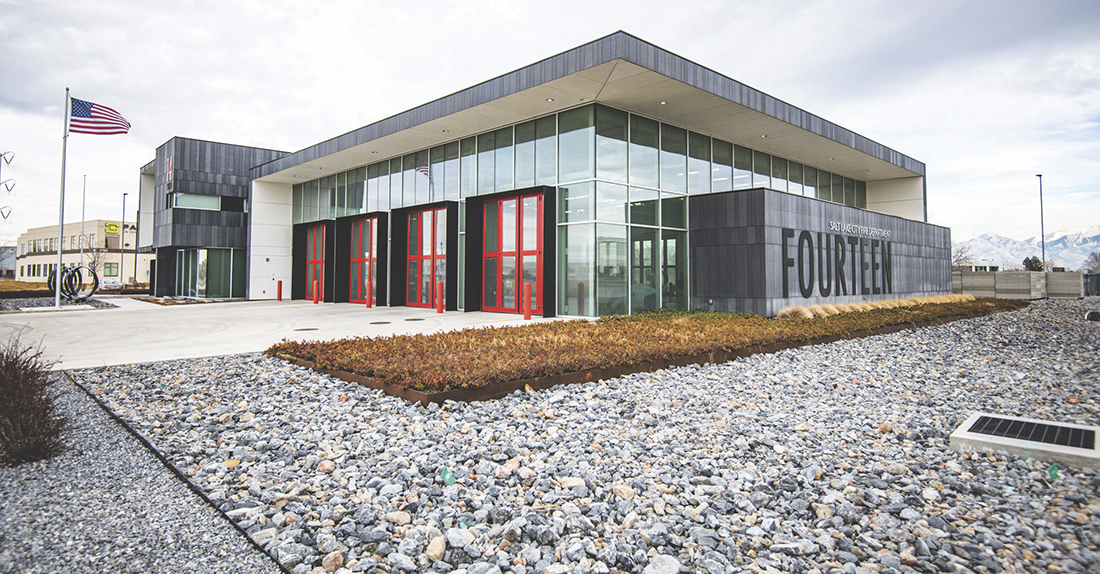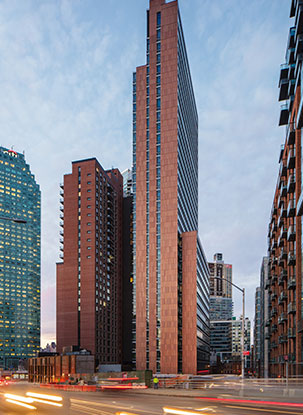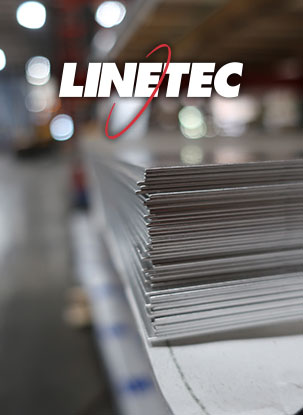 Anodizing is the most durable and long-lasting option for finishing architectural aluminum building products. An electrochemical process, anodizing produces a finish that resists the ravages of time and environment. However, there are important things to note about color selection for anodized aluminum.
Anodizing is the most durable and long-lasting option for finishing architectural aluminum building products. An electrochemical process, anodizing produces a finish that resists the ravages of time and environment. However, there are important things to note about color selection for anodized aluminum.
Linetec’s two-step electrolytic anodizing process , where the anodizing and coloring of the aluminum occur in two separate steps, involves:
- first placing the aluminum in a solution of sulfuric acid and water, then charging it with electrical current to form aluminum oxide on the surface.
- then after anodizing is complete, parts can be immersed in a bath containing an inorganic metal such as tin, cobalt or nickel, which is deposited in the anodic pores to achieve color.
 As a result, anodized finishes’ color choices range from clear to champagne to a variety of bronze tones to black. Linetec also offers a copper anodize, which involves an additional color tank, using actual copper to color the aluminum while isolating the copper in the coating. This process makes the copper color very stable and consistent.
As a result, anodized finishes’ color choices range from clear to champagne to a variety of bronze tones to black. Linetec also offers a copper anodize, which involves an additional color tank, using actual copper to color the aluminum while isolating the copper in the coating. This process makes the copper color very stable and consistent.
Anodic oxide is not affected by ultraviolet light and is resistant to scratches, which help ensure color stability.
Due to the chemical process used to create an anodized finish, the possibility of color variation can be a concern during its application. Here are some factors to keep in mind to minimize the variation from your desired color:
- Single source it. While the aluminum is anodized during the process, other metals (silicon, zinc, magnesium, etc.) present in the aluminum alloy can respond differently, resulting in unwanted variation of color. Reduce this risk by having all metal used for a project come from a single source/extruder, and from one lot of material. Also, avoid using aluminum with different alloys, as it will not yield uniform results.
- Request a range sample. Because it is impossible to know the effect non-aluminum metals in the material will have on the final product’s color, be sure to ask your anodizer for a range sample before sending them your product for finishing. An anodize range sample is two anodize color chips for the same color, with one showing the lightest extreme of appearance to be expected on the finished parts and one showing the darkest. Be aware that the lighter the anodize finish, the more noticeable the range. Be sure to speak with any potential anodizer to see what range of variation they can guarantee. AAMA’s industry-leading standards specify that the range should not differ by more than 5 Delta E. A quality anodizer may be able to keep the range of a color even lower.
- Bend then finish. Anodic films are very hard, and as a result, most post-production bending causes a series of small cracks in the finish that give it a spider-web appearance. To avoid this, have as much bending and forming of the material completed before it is sent to receive its finish.
- Weld with care. If your metal has any welds on it, the anodization process can cause a halo effect of localized discoloration around them. Welding with the proper 5356 alloy welding wire and the lowest heat possible helps minimize this.
Select an aluminum finisher that utilizes automation in its anodize process to reduce inconsistencies. An automated system controls and monitors the process, including tank sequencing, chemical add, voltage, current, time and temperature, which ensures the most consistent anodize finish possible.
Learn more about anodizing by clicking here. For personalized assistance in choosing an anodize color for your aluminum building products, please contact Linetec’s regional sales managers, email sales@linetec.com or call 888-717-1472.






